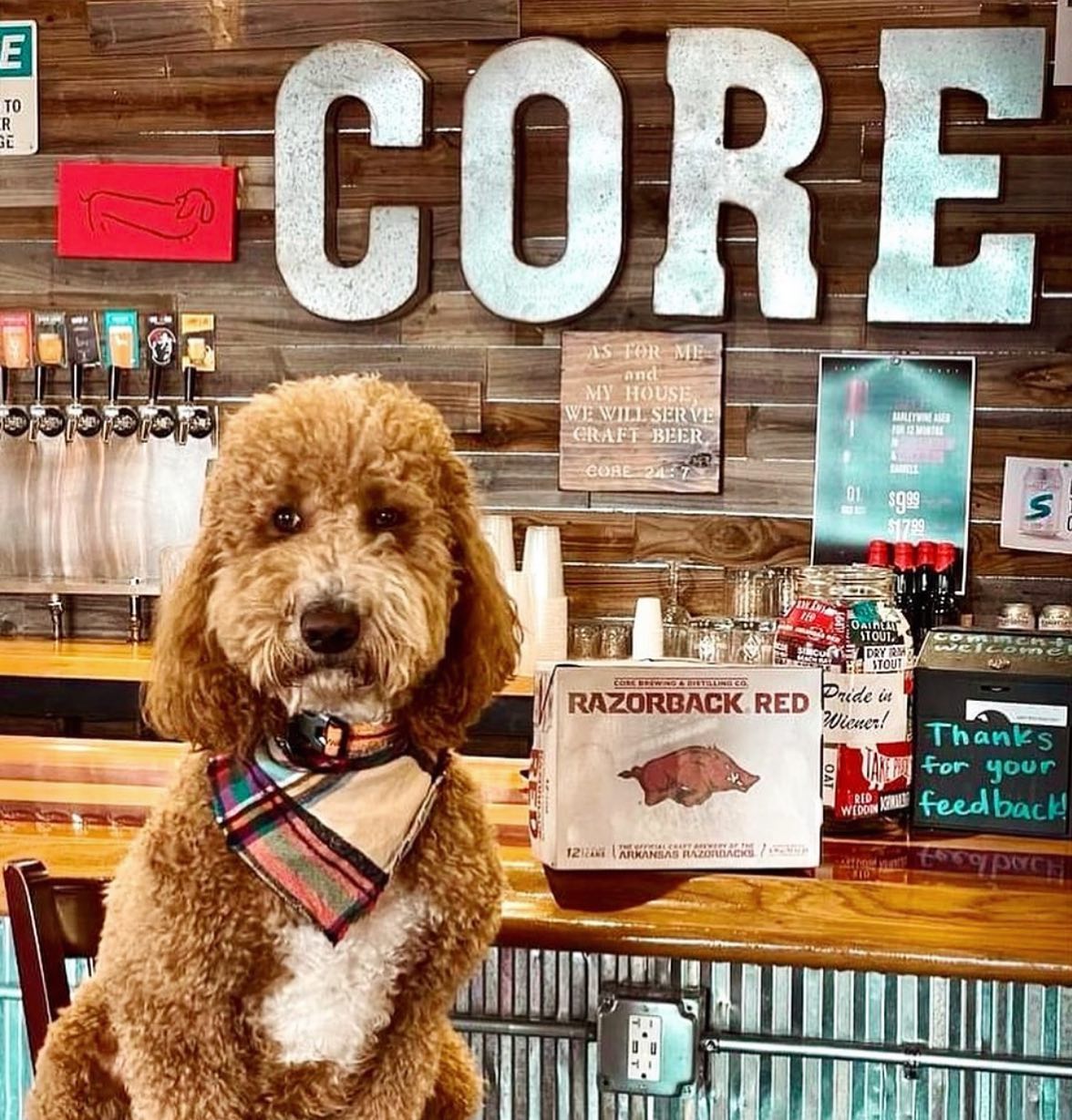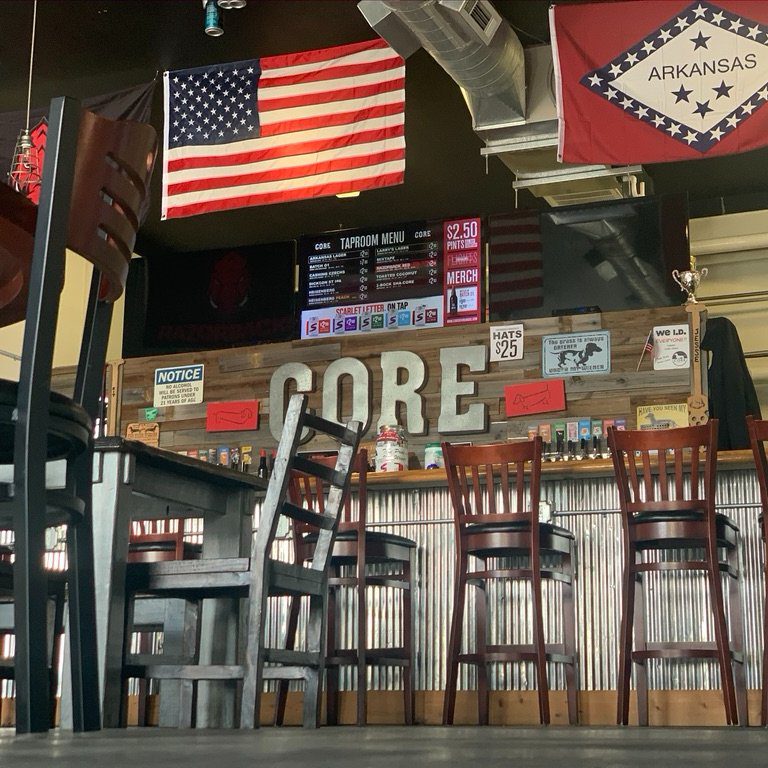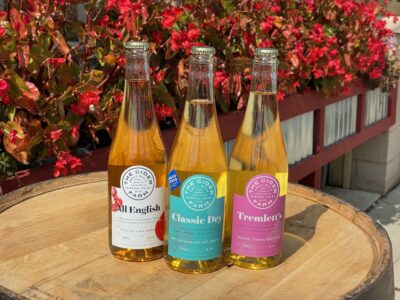What if someone told you that a change to your processes could save you 1.3 million gallons of water and thousands of dollars a year? That’s precisely what happened at Core Brewing in Springdale, Arkansas.
In 2018, four engineering undergraduate seniors at the University of Arkansas were beginning their senior capstone project – a final, two-semester endeavor designed to help students apply their academic knowledge to a pragmatic, real-world scenario.
Lydia Huck, Natalie Von Tress, Zack Wofford, and Kaylyn Zuech decided to focus on beer – but not how you may think for college students. The group of four looked at Core Brewing, one of only a few craft breweries in the northwest Arkansas region, where the university is also located.
Core Brewing was founded in 2010 by Jesse Core, an Arkansas native with a home brewing passion dating back to the early 1990s. As a college student, Core struggled to stay engaged in his courses. One professor, however, changed his trajectory. Core’s microbiology professor noticed the student’s sporadic attendance and seemingly indifferent attitude towards the course work. After speaking with Core, the professor learned Jesse had a passion that caught his attention much more: at-home beer brewing. The professor worked with Jesse to help him see the transferability of the microbiology coursework to his hobbyist love for homebrews, and it made a difference in his course work and dedication. After a decade and a half away from Arkansas, Core returned to his home state, where he would subsequently launch Core Brewing.

In 2012, the brewery expanded into a larger space – not hard to imagine given the rapid growth of independent craft breweries in America over the past decade. However, like all breweries, founder Jesse Core faced a major challenge: resource consumption. Beer requires high volumes of clean water to be brewed, much of which is discarded unless breweries have specific brewing and fermenting infrastructure in place to help refilter and reuse the water, as brewing is a resource-intensive process by nature.
The capstone program, which partners the soon-to-be engineering graduates with a local company to solve an issue, has been successful in the past. For this project, the scale of impact through improved design was greater than any of the students had undertaken previously.
“What made it such a rewarding project was all the uncertainties and unknowns on a bigger scale than any technical project we had ever done,” Lydia Huck told her campus newspaper.
The four students began their project by evaluating the sustainability of the brewery. They found that Core Brewing was using nearly 2 million gallons of water per year, which was similar to the national average for a brewery of its size. Yet, through three major alterations, the students were confident they could reduce the Springdale brewery’s water usage by 60%.
First, the group recommended that Core Brewing replace or reconfigure the heat exchanger. In brewing, the heat exchanger rapidly changes the temperature of the water coming into the brewing room by heating the wort, which then prepares the not-yet-beer for the fermentation process. The exchanger’s efficiency is indirectly proportional to its flow rate – meaning the faster the water is flowing through it, the more difficult it is to heat or cool the water, and the more water is used. The water changes temperature more rapidly by increasing efficiency and preparing the beer for fermentation more expediently.

Second, the students suggested using a water recapture method, whereby the heated and then cooled water from one wort batch is stored – at a cool temperature – for use in cooling the next wort batch, rather than discarding the water and bringing in more cool water from outside.
Last, the students proposed allocating excess water from the cooling tank into the keg cleaner, reusing already captured resources.

The cumulative impact of these methods would be a 1.3 million gallon water use reduction annually, bringing Core Brewing’s resource utilization down significantly.
As with many similar projects, an upfront cost would recuperate over a series of years (similar to how homeowners installing solar panels may view the investment). For Jesse Core, that meant about $11,000 upfront for the new methods but a $5,000 per annum saving, letting the brewery recover the installation costs in just over two years.
Despite the large undertaking, the quality of the brews needed to stay the same. “We worked hard to analyze the heat exchanger and to optimize its performance to save water and reduce costs without affecting the quality of beer,” Huck commented to one of the university’s publications.
The demand for Core Brewing’s products continues to grow, as does the company itself. The newest wave of team member additions has been a rapidly expanding staff from various personal and professional backgrounds. Core Brewing has also delved into the ever-expanding market of hard seltzers as they continue their journey on the path of sustainability.





